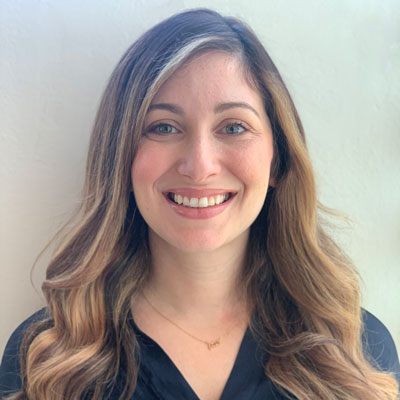Medical Center in Georgia TeleStroke Case Study
ABOUT
This hospital is a 115-bed facility located in Georgia. This hospital has a dedicated team focused on improving stroke care and Door-to-Needle (DTN) times.
THE PROBLEM
Inconsistency and variation in the stroke alert process led to alteplase administration delays and cases greater than the 45-minutes or less facility goal.
THE SOLUTION
Throughout 2020, monthly meetings were conducted with the hospital’s stroke quality team, their TeleSpecialists Quality Program Specialist, and the TeleSpecialists Regional Medical Director for this facility. They reviewed all alteplase outlier cases of 45-minutes or greater for opportunities for education and process improvement.
A comprehensive review of the current stroke process was completed, and areas of common delays were streamlined using TeleSpecialists best practices. These changes included:
- Consistent review and improvement on stroke alert pre-activation to TeleSpecialists on EMS arrivals
- Implemented a comprehensive stroke assessment tool (SAVES) to identify stroke symptoms inclusive of posterior signs and symptoms
- Increased the stroke alert activation window to 23 hours to include not only alteplase candidates, but interventional candidates for thrombectomy
- Implemented TeleSpecialists’ recommendation to perform early alteplase mixing on a verbal order from the TeleNeurologist to improve verbal order-to-needle times
- Created a new impatient stroke alert protocol to streamline identification and assessment of sudden onset stroke symptoms to result in nurse driven rapid placement of critical alert order sets and TeleNeurology assessment in CT per American Stroke Association and TeleSpecialists best practice recommendations














